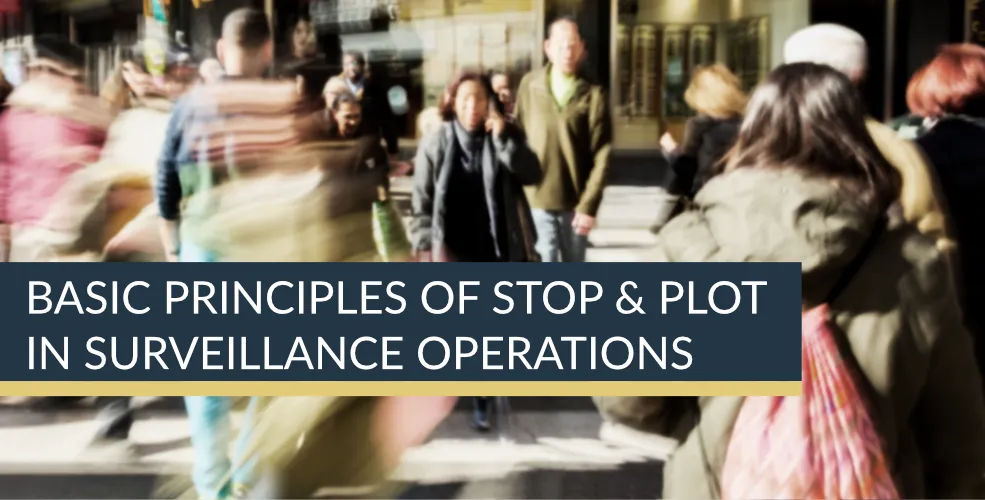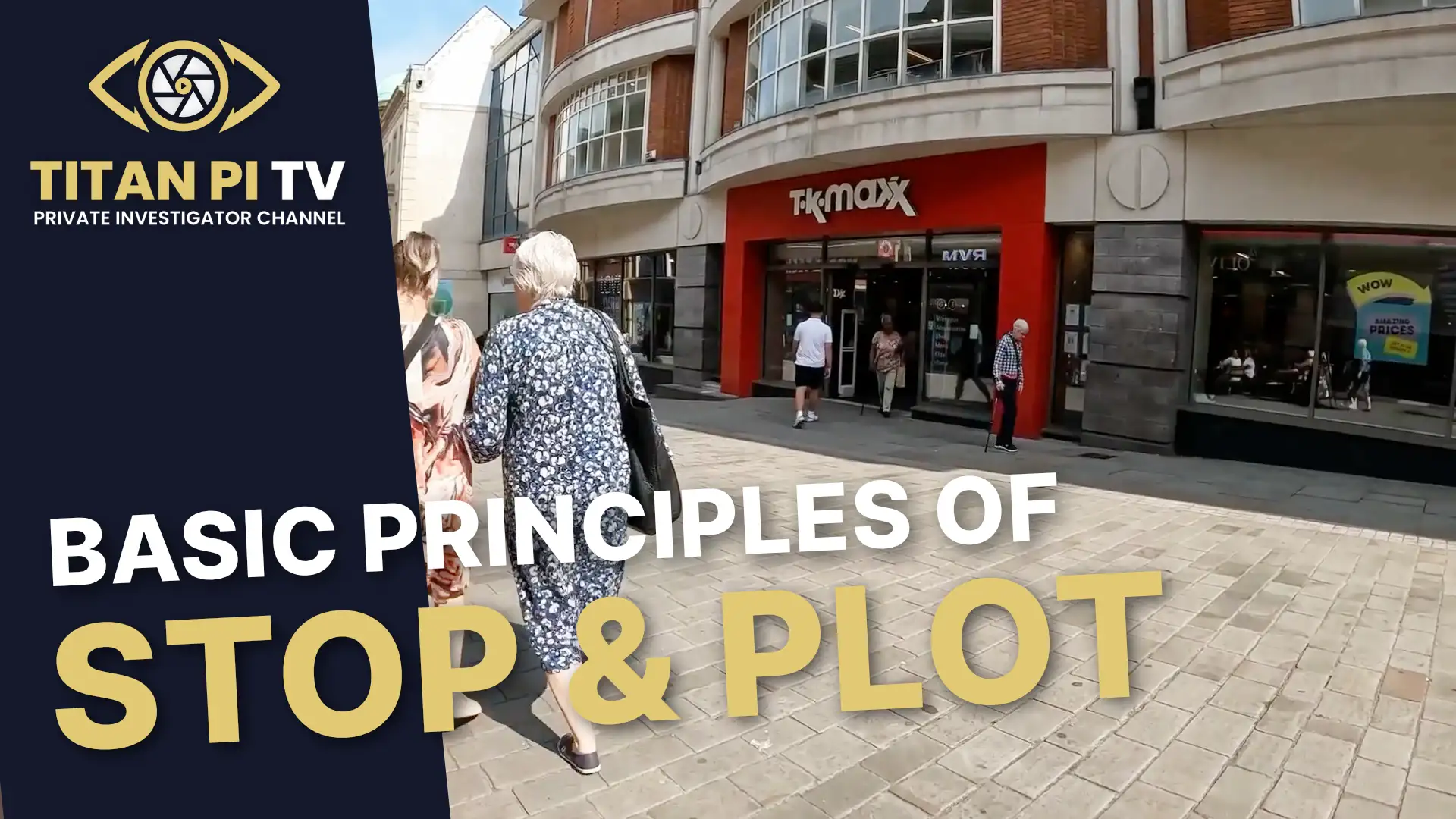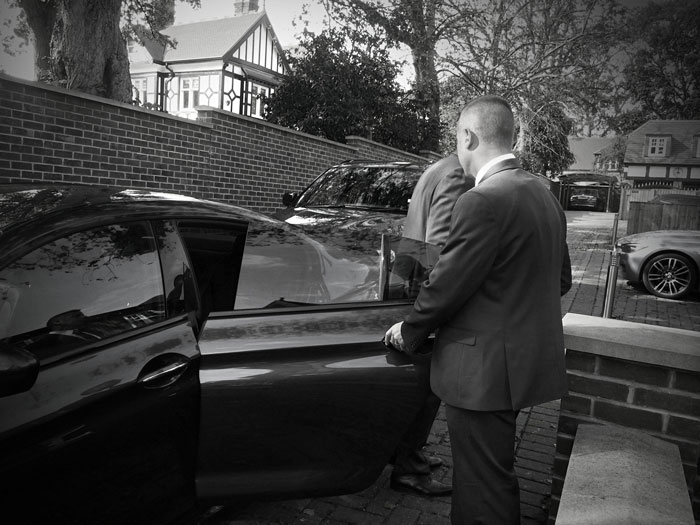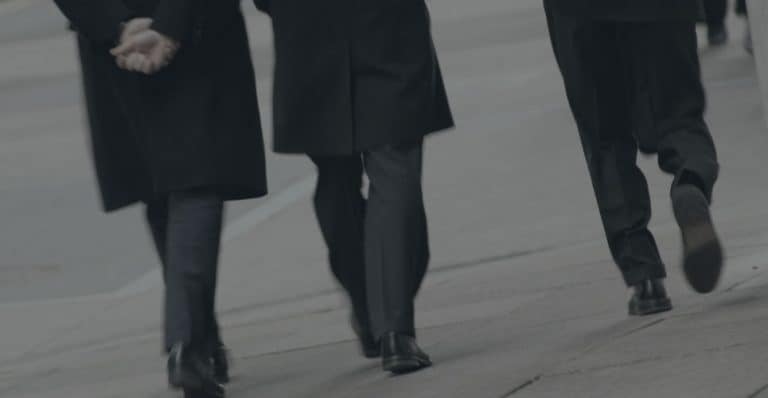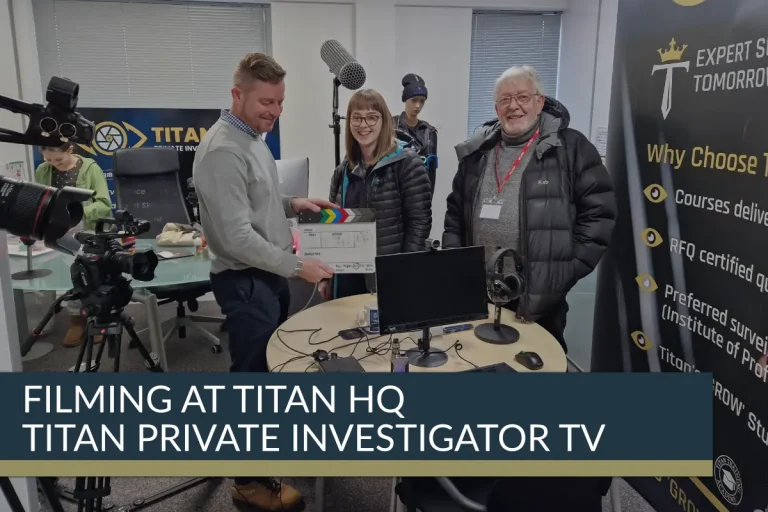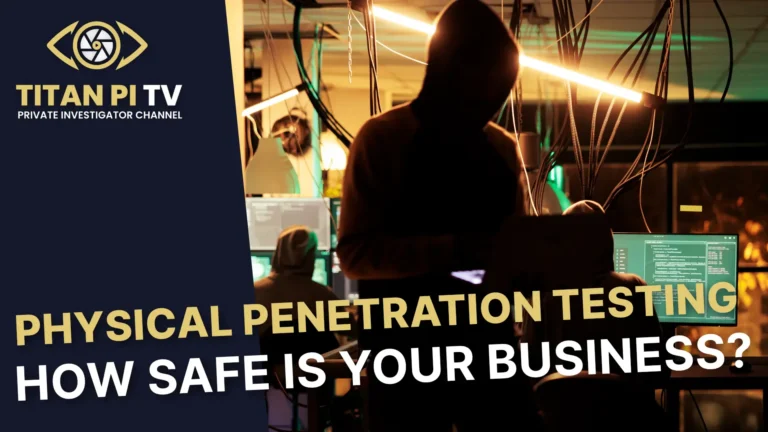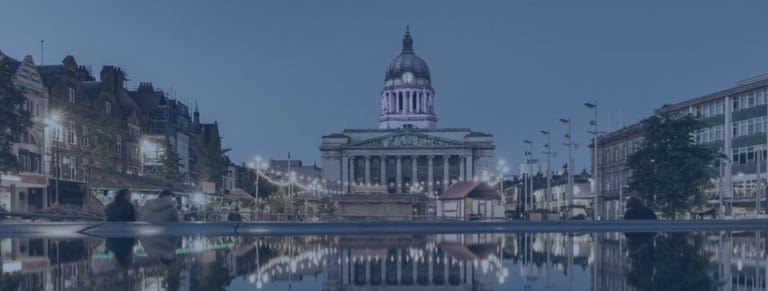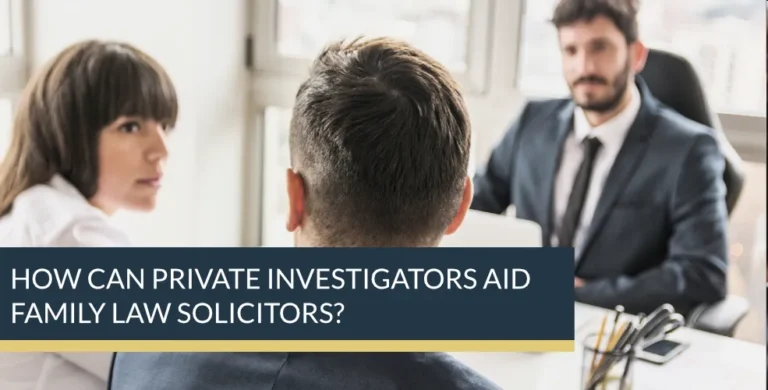Basic Principles of Stop & Plot in Surveillance Operations
Basic principles of Stop & Plot
In the field of private investigation and surveillance, understanding and mastering various techniques is essential for ensuring the success of an operation. One of the key techniques employed during surveillance is the “Stop & Plot” method, which is crucial when a subject enters a building, particularly a shop, during a foot surveillance operation. This method ensures that the surveillance team maintains control and gathers intelligence without losing track of the subject. In this article, we will delve into the basic principles of Stop & Plot, the steps involved, and the importance of each action in a live operational context.
Understanding Stop & Plot
Stop & Plot is a surveillance technique used when a subject enters a building. The purpose of this method is to maintain visual contact with the subject, anticipate their movements, and ensure that they are not lost within the building or upon exiting. The technique is particularly useful in urban environments where a subject might enter a crowded or complex location, making it challenging to keep them under observation.
When a subject enters a building, the surveillance team needs to establish a “sterile area” around the location. This means ensuring that the area is clear of other potential surveillance threats, such as additional operatives or uninvolved parties, that might interfere with the operation. The team then positions themselves strategically to monitor all possible exits and movements within the building.
The VENO Principle
The Stop & Plot technique relies on the VENO mnemonic, which stands for Visual, Enter, Near side, and Offside. Each component of this mnemonic represents a critical action that the surveillance team must undertake:
- Visual (V): The first priority is to establish and maintain visual contact with the building entrance where the subject entered. The operative responsible for the visual should position themselves in a location where they can observe the entrance without being obvious. This could involve using street furniture, such as benches or shop windows, as cover to avoid drawing attention.
- Enter (E): Depending on the nature of the building and the operation’s objectives, an operative may need to enter the building. This step is particularly important if there is a specific objective inside the building, such as a meeting or a handover that needs to be monitored. The operative who enters must do so discreetly, using the building’s layout to keep themselves hidden from the subject while maintaining a line of sight.
- Near side (N): The near side refers to the side closest to the subject’s expected exit direction. An operative is positioned to cover this side, ensuring that they can pick up the subject if they exit and turn in this direction. The near side operative must be ready to follow the subject or relay information to the team as soon as the subject is on the move.
- Offside (O): The offside is the opposite side of the near side and requires equal coverage. An operative is positioned on this side to monitor and follow the subject if they choose this route upon exiting. The offside operative is crucial for preventing the subject from evading surveillance by taking an unexpected route.
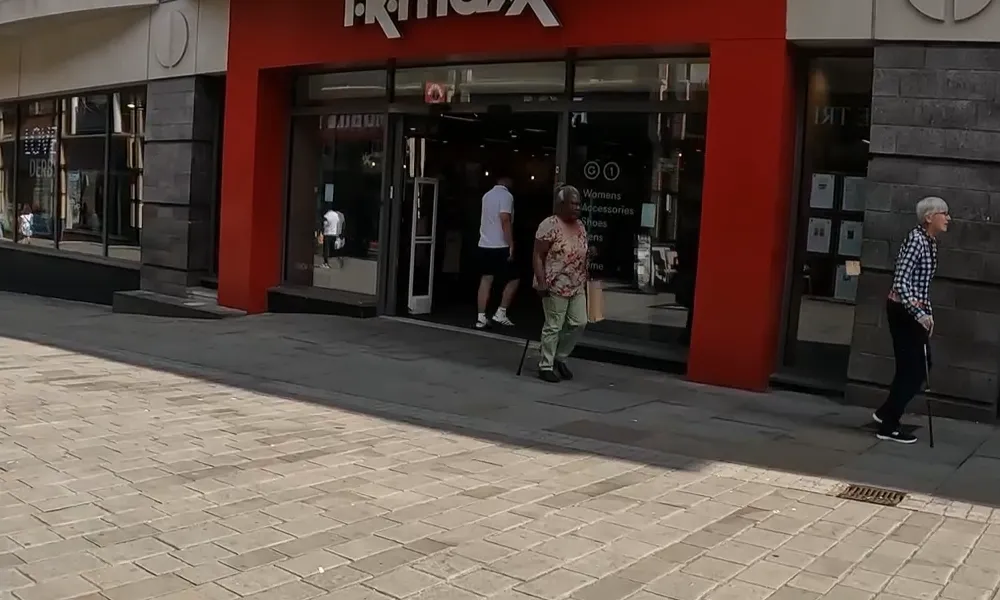
Applying Stop & Plot in the Field
To illustrate the application of Stop & Plot, consider a scenario where a subject, let’s call him Will, enters a shop like TK Maxx. The surveillance team must quickly establish positions following the VENO principle to ensure they do not lose track of Will.
- Visual (V): One operative might position themselves in a shop across the street or near the entrance of TK Maxx. This allows them to observe Will’s movements as he enters and moves around the shop. By using the shop’s window reflections or positioning themselves behind street furniture, the operative can maintain a low profile while keeping an eye on the subject.
- Enter (E): If the shop is small or there is a potential meeting or exchange inside, another operative might enter the shop. Their goal is to remain inconspicuous while monitoring Will’s actions. They might pretend to shop or browse, all while staying aware of Will’s movements. If Will looks like he’s about to leave, the operative inside the shop can signal the team using coded language or a simple standby command, alerting them to be ready.
- Near side (N): A third operative takes up a position on the near side of the shop, possibly in another nearby shop or a strategic location that offers a clear view of the exit. Their role is to monitor and follow Will if he exits the shop and turns in their direction. They must be prepared to move quickly and relay Will’s movements to the rest of the team.
- Offside (O): The fourth operative (or a doubled-up role if the team is small) covers the offside. This operative must be vigilant, watching for any indication that Will might exit and head in their direction. They should position themselves in a way that allows for easy movement, ensuring they can follow Will without raising suspicion.
Challenges in Stop & Plot
Executing a Stop & Plot effectively requires a high level of coordination and communication within the surveillance team. Several challenges can arise during this operation:
- Maintaining Discretion: The operatives must blend in with the environment to avoid detection by the subject or other potential threats. This involves behaving naturally, using the surroundings for cover, and avoiding any actions that might draw attention. For example, an operative in a shop must act like a regular customer, browsing items while keeping an eye on the subject.
- Communication: Clear and discreet communication is essential. The team must use coded language or signals to convey information without being overheard or understood by others. This might involve using radio tones or subtle gestures. The timing of communication is also crucial; an early or late signal could result in losing the subject.
- Reacting to the Unexpected: Subjects can be unpredictable, and they might change their route or behaviour suddenly. The surveillance team must be adaptable, ready to reposition themselves or take on additional roles as the situation demands. For instance, if the subject exits the shop earlier than expected, the team must react swiftly to maintain coverage on all sides.
- Coordinating with Limited Resources: In some cases, the surveillance team might be small, with only three operatives available. This requires doubling up on responsibilities, where one operative might need to cover both visual and near side or offside duties. This adds complexity to the operation, making coordination and communication even more critical.
Importance of Stop & Plot
The Stop & Plot technique is vital in surveillance operations as it ensures that the subject is continuously monitored, even when they enter a potentially confusing or crowded environment like a shop. By effectively using the VENO principle, the surveillance team can maintain control of the situation, gather valuable intelligence, and reduce the risk of losing the subject.
In addition to its practical application, Stop & Plot also plays a psychological role. It helps the surveillance team remain one step ahead of the subject, anticipating their moves and reacting accordingly. This proactive approach is crucial in ensuring the success of an operation, particularly in urban environments where subjects have numerous opportunities to evade surveillance.
Stop & Plot the conclusion
The Stop & Plot technique, when executed correctly, is a powerful tool in the surveillance operative’s arsenal. By adhering to the VENO principle—Visual, Enter, Near side, Offside—operatives can maintain effective control over the subject’s movements, ensuring that they gather the necessary intelligence without compromising the operation.
In the fast-paced and often unpredictable world of surveillance, mastering Stop & Plot is essential for any professional team. It not only enhances the effectiveness of the surveillance but also ensures that the operatives remain covert and in control, regardless of the subject’s actions. As with any surveillance technique, practice, coordination, and communication are key to successful execution.
Stop & Plot, and Surveillance find out more
For further advice and information about the Stop & Plot technique and Titan’s surveillance training courses, then please feel free to speak to one of our professional team at one of the offices nearest to you.
London Covert Surveillance Training – Call the Titan Investigations London Office 020 39046622
Birmingham Covert Surveillance Training – Call the Titan Investigations Birmingham Office 0121 7162442
Cambridge Covert Surveillance Training – Call the Titan Investigations Cambridge Office 01223 662022
Derby Covert Surveillance Training – Call the Titan Investigations Derby (Head Office) 01332 504256
Leeds Covert Surveillance Training – Call the Titan Investigations Leeds Office 0113 4574066
Leicester Covert Surveillance Training – Call the Titan Investigations Leicester Office 0116 2436520
Nottingham Covert Surveillance Training – Call the Titan Investigations Nottingham Office 0115 9646950
Manchester Covert Surveillance Training – Call the Titan Investigations Office 0161 3023008
Sheffield Covert Surveillance Training – Call the Titan Investigations Sheffield Office 0114 3499400
Truro Covert Surveillance Training – Call the Titan Investigations Truro Office 01872 888706
Alternatively, you can contact us directly using our fully confidential contact form at enquiries@titaninvestigations.co.uk or chat directly using our Live Chat facility and one of our surveillance training course team will get right back to you.

